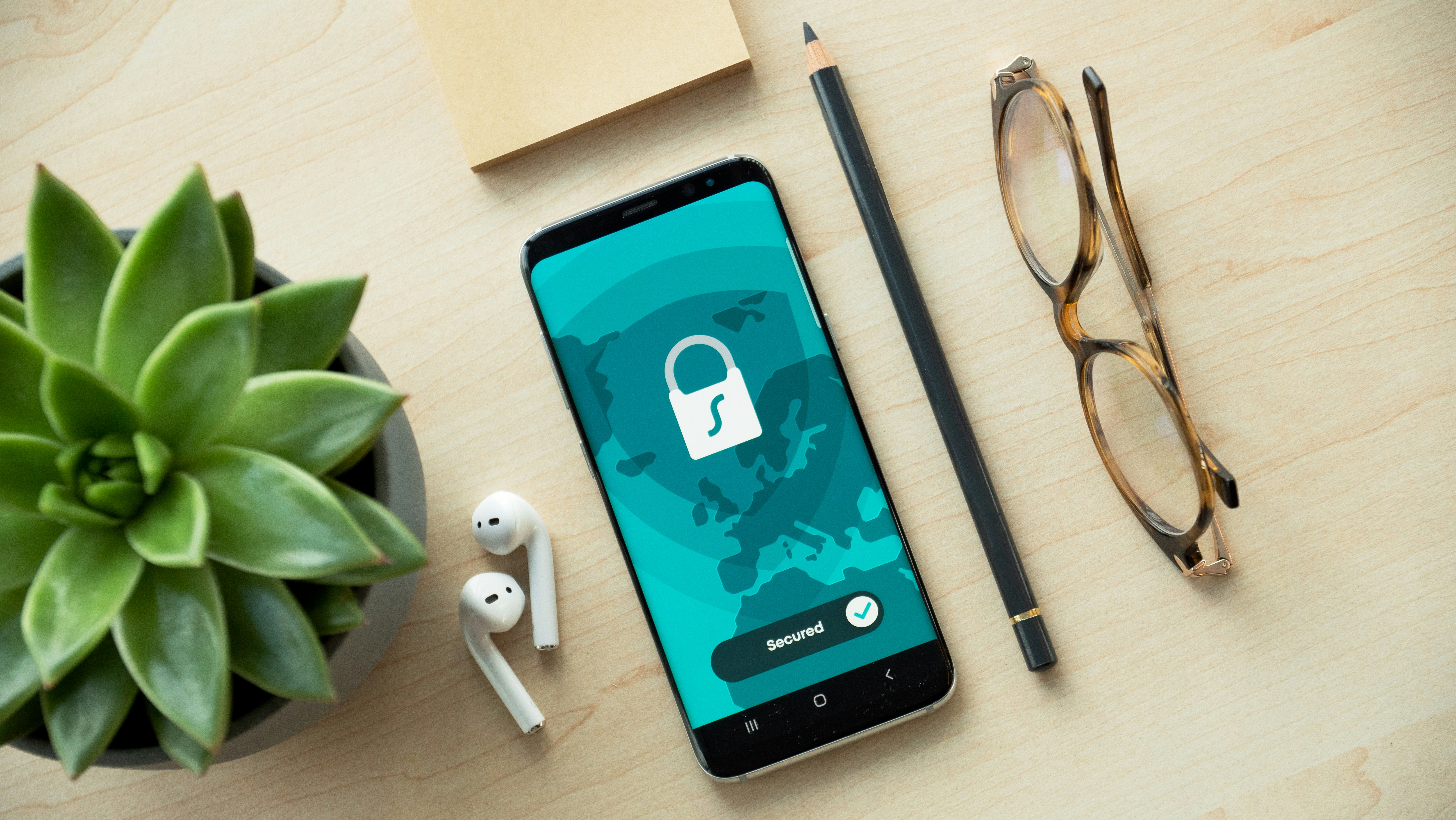The Complete Guide to Cybersecurity: Protecting Your Data and Privacy Online
Learn how to safeguard your data and privacy online with this comprehensive guide to cybersecurity.

Photo by Dan Nelson on Unsplash
Understanding Cybersecurity
Cybersecurity is the practice of protecting systems, networks, and data from digital attacks. It encompasses a range of technologies, processes, and practices designed to safeguard devices, programs, and data from unauthorized access or cyber threats. In the digital age, where online communication and transactions have become the norm, cybersecurity plays a crucial role in ensuring the confidentiality, integrity, and availability of information.
Types of Cyber Threats
Cyber threats come in various forms, from common malware like viruses and ransomware to sophisticated phishing attacks and data breaches. Malware can infect systems and steal sensitive information, while phishing schemes trick users into revealing confidential data. Data breaches involve unauthorized access to sensitive data, leading to potential financial loss or identity theft. Understanding these threats is essential for implementing effective cybersecurity measures.
Importance of Data Privacy
Data privacy is the protection of personal data from unauthorized access, use, or disclosure. With the increasing collection and utilization of personal information online, maintaining data privacy has become a paramount concern. Individuals and organizations must prioritize data privacy to prevent misuse of sensitive data for fraudulent activities or surveillance. By adhering to data protection regulations and best practices, users can mitigate privacy risks and safeguard their information.
Best Practices for Cybersecurity
Implementing robust cybersecurity measures is essential for mitigating risks and protecting against cyber threats. Some best practices include using strong, unique passwords for accounts, enabling two-factor authentication, keeping software and systems updated, avoiding suspicious links or attachments, and encrypting sensitive data. Regular security audits, employee training on cybersecurity awareness, and incident response plans are also crucial for maintaining a secure digital environment.